Which methods are best for managing and predicting and labeling data in dynamic environment? The system data distribution changes and it is not static. The system can have different normal settings and under different settings, we have different normal data distributions. Consider we have two classes. Normal and abnormal. What happens? We cannot say that we can rely on historical data and train a simple classification method to predict future observations since one day after training the model, data distribution can change and old observations will become irrelevant to new ones. Consider the following figure:

Blue distribution and red distribution are normal data but under different setting and in the training time we have just one setting. This data is for one sensor. So, suppose we train a model with blue one and also have some abnormal samples. Imagine abnormals samples as normal samples with a little bit noise or fault in measurements. Then, we want to test the model but setting changes and now we have red distribution as our test observations. So, the model misclassifies the samples.
What are the best methods for a situation like this? Please note that I have tried several clustering algorithms but they cannot manage and distinguish between normal and abnormal samples.
Any suggestion and help are highly welcomed. Thanks